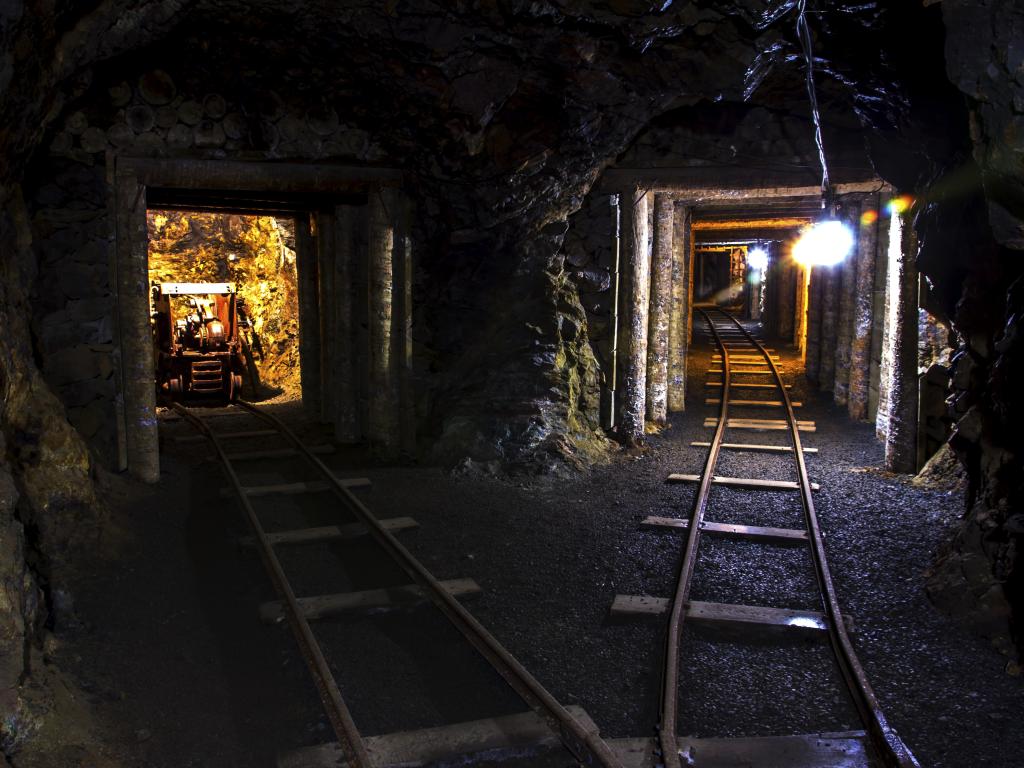SPLUMA promotes optimal exploitation of South Africa’ mineral resources

The Spatial Planning and Land Use Management Act 16 of 2013 (SPLUMA) seems like an unlikely piece of law to promote optimal exploitation of minerals and mineral resources. However, SPLUMA achieves this by strengthening the position of mining right holders when land needs to be rezoned for mining purposes. SPLUMA’s impact on optimal exploitation is particularly evident where conflict exists between mining right holders and landowners.
Economic and policy considerations, as well as practical necessities, often motivate the state to grant mining rights to entities other than landowners. Mining activities inevitably create conflict between landowners and mining companies. Generally, when there is an irreconcilable conflict, the interests of mining right holders take precedence over the interests of landowners. As a result, mining right holders can use the land for mining, even if mining operations conflict with the landowner’s use of the property. This is in line with the state’s policy to facilitate optimal exploitation of South Africa’s mineral resources, which is of crucial importance to the country’s economy.
Optimal exploitation and the interests of mining right holders can be undermined if the exercise of mining rights conflicts with municipal zoning scheme regulations applicable to the land. Until April 2012, it was accepted that holders of mining rights in South Africa were entitled to commence mining activities, without obtaining further municipal authorisations, when the state granted mining rights. However, in Maccsand (Pty) Ltd v City of Cape Town (http://www.saflii.org/za/cases/ZACC/2012/7.pdf), the Constitutional Court ruled that mining activities could not commence until the land was appropriately zoned to allow for mining.
In 2007, the Minister of Mineral Resources issued a mining permit to Maccsand (Pty) Ltd to mine sand on the Rocklands dune in Mitchell’s Plain. In 2008, Maccsand obtained a mining right to mine sand on the nearby Westridge dune. The Rocklands dune was zoned as public open space. The Westridge dune consisted of three erven. Two of the erven were zoned as public open spaces and the other was zoned as rural. None of these zoning designations allowed mining as a permitted land use. The City of Cape Town Municipality was the registered owner of all four pieces of land in question. When Maccsand commenced mining operations, the municipality successfully applied to the Western Cape High Court for an interdict prohibiting the company from mining until the land was appropriately zoned in terms of the Land Use Planning Ordinance 15 of 1985 (LUPO). The decision was confirmed by the Supreme Court of Appeal and the Constitutional Court.
LUPO is old order provincial legislation applicable in parts of the Western Cape, Eastern Cape and North-West Province. According to section 16 of LUPO, landowners have the exclusive ability to apply for rezoning. This raises serious concerns for mining right holders and for the state’s policy of optimal exploitation of minerals and mineral resources. If ownership of the land vests in another entity, mining rights holders are precluded from applying for rezoning and landowners can effectively prevent commencement of mining operations. Landowners, therefore, enjoy unexpected protection to prevent mining on their land. At the same time, mining right holders are in an undesirable position and, consequently, optimal exploitation of minerals and mineral resources is threatened.
SPLUMA seems to alleviate the undesirable position of mining right holders. SPLUMA is a new national framework Act that provides clear principles and standards for provincial and local governments to formulate their own new spatial planning and land use policies. The new provincial legislation can regulate, among other things, land development, land use management, spatial planning and municipal planning.
Section 45(1) of SPLUMA allows four categories of persons to apply for land development, including applications for rezoning. The categories encompass, firstly, landowners and, secondly, persons to whom an organ of state made the land available for development. It is arguable that the second category can be interpreted to include mining right holders. In the course of granting mining rights, the state makes the land available for development to mining right holders. Where rezoning of the land is statutorily required for mining to commence, such an interpretation will allow mining right holders to apply for the rezoning of the land. Accordingly, landowners do not have the power to prevent commencement of mining activities by failing to apply for rezoning.
SPLUMA does not repeal old provincial legislation. However, section 2(2) of SPLUMA provides that legislation that contravenes the Act is invalid. In the Western Cape, the new Western Cape Land Use Planning Act 3 of 2014 has already been implemented in a number of municipalities to comply with the provisions of SPLUMA. Any pre-SPLUMA provincial legislation that allows only the landowner, and prevents mining right holders, to apply for rezoning is contrary to SPLUMA and therefore invalid. In this regard, SPLUMA introduces a significant departure from the previous legislative position in some provinces.
The enactment of SPLUMA significantly strengthens the position of mining right holders to commence mining activities in cases where landowners resist mining operations on their land. Landowners no longer have the ability to prevent commencement of mining by refusing to apply for rezoning. It is debatable whether the legislature intended to promote optimal exploitation of the country’s minerals and mineral resources when it enacted SPLUMA. Nonetheless, by strengthening the position of holders of mining rights when land needs to be rezoned, the Act simultaneously takes a step in the direction of optimal exploitation.
Written by Louie van Schalkwyk.
